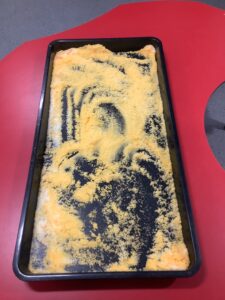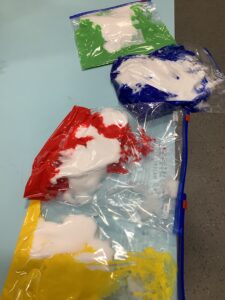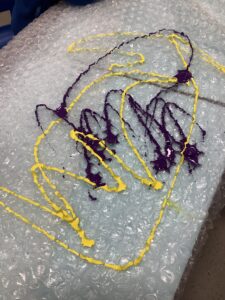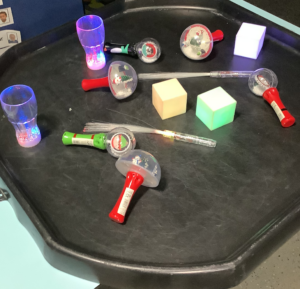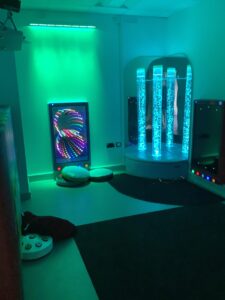Sensory Integration At St Nicholas
What does Sensory Integration look like at St Nicholas?
Sensory Integration is very important for children as it supports the development of sensory processing skills and their ability to explore different textures and the world around them. Sensory integration is about promoting sensory processing skills. Sensory Processing is the brain’s ability to process information from all of the senses and connect that information with what we already know about the world around us. Many people think we only have 5 senses but in fact, neurologists have identified 9! Some neurologists think there are up to 21! The Most Important Sensory Systems Are:
Tactile: Touch; Olfactory: Smell; Gustatory: Oral/Taste; Auditory: Hearing; Visual: Sight; Vestibular: Balance; Proprioceptive: Body Awareness; Interoceptive: Internal Body Needs (Hunger).
We aim for pupils to eventually recognise when and how they need to regulate, request the strategies that they need and independently regulate. This will need to be supported and provided by staff until pupils are able to do this independently. We aim to provide sensory and tactile activities that meet the sensory needs of all pupils, as part of a cross-curricular curriculum.
The scheme of work is designed to support the meeting of the different sensory processing areas. It has been divided into the different sensory processing areas and the senses we use to process sensory stimuli. It includes suggested activities for each sense and suggested activities for sensory integration when difficulties arise. It is focused on meeting those processing needs within cross- curricular links, as this helps children to be able to make progress in all areas of their learning.
We aim to make sensory activities fun and engaging. In October, we celebrated Sensory Awareness Month by having a sensory awareness week in school, where children participated in different sensory activities.
